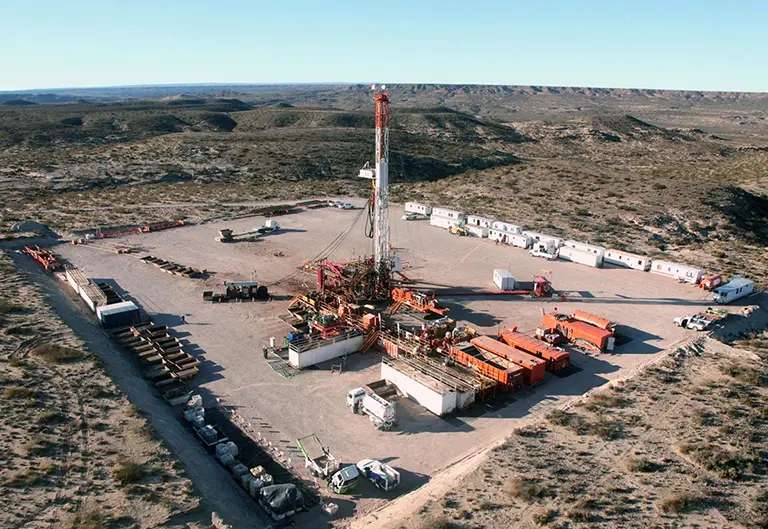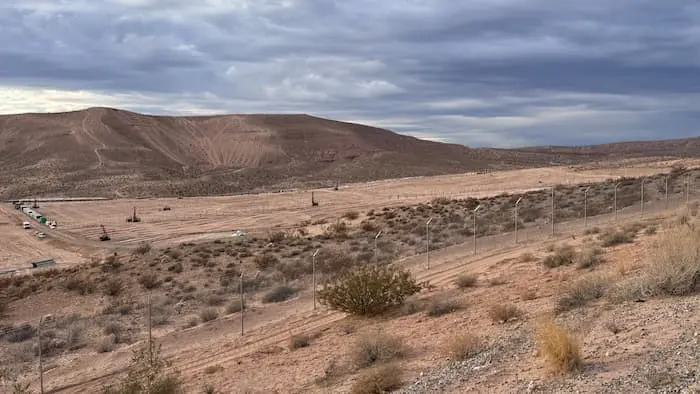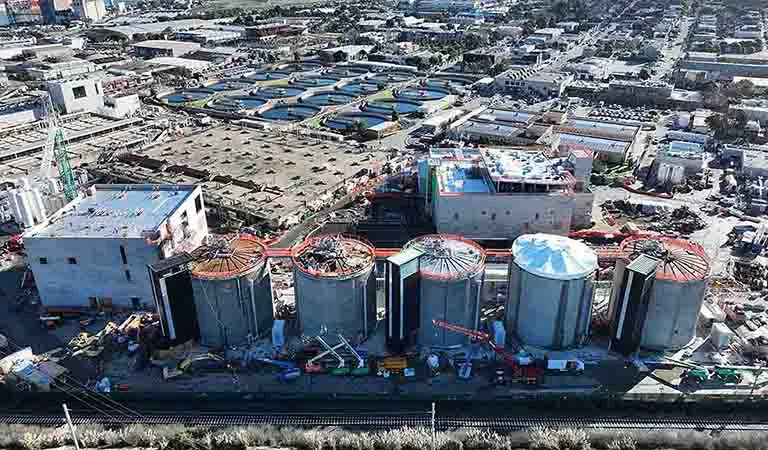
New Ferrari Factory Will Make EVs, Hybrids, Internal Combustion-Engine Cars
 Ferrari inaugurated its e-building, the factory that will produce internal combustion engine cars, hybrids, and Ferrari’s first electric model, in the presence of Italian President Sergio Mattarella. The building has an estimated efficiency rating of -2.7 Kton carbon dioxide equivalent compared to a non-electrified building.
Ferrari inaugurated its e-building, the factory that will produce internal combustion engine cars, hybrids, and Ferrari’s first electric model, in the presence of Italian President Sergio Mattarella. The building has an estimated efficiency rating of -2.7 Kton carbon dioxide equivalent compared to a non-electrified building.
Through the e-building, Ferrari is enhancing its production flexibility in line with its strategy of prioritizing revenue quality over quantity. The plant also reflects the principle of technological neutrality, as it will house the production and development of internal combustion engines, hybrid engines, and new electric motors. The integration of the production of the entire range in a single building will allow Ferrari to reorganize and reallocate all production activities more efficiently among its existing facilities in Maranello, increasing its ability to adapt quickly to production needs.
The e-building, a facility equipped with new technology, will also produce the electrical components that are highly relevant to differentiating Ferrari’s technology and performance: high-voltage batteries, electric motors, and axles.
The building is powered by more than 3000 rooftop solar panels that produce 1.3 MW. With the shutdown of the trigeneration plant scheduled for the end of the year, the building will be powered entirely by renewable energy, generated from both internal and external sources with a guarantee of origin.
Several solutions have been adopted to reuse energy and rainwater in the production cycle. For example, more than 60% of the energy used for battery and motor testing will be recovered in accumulators and redirected to power new processes.
The plant was built north of the Ferrari campus, which is being expanded. The area was acquired and redeveloped without additional land consumption by replacing obsolete and energy-dispersive industrial structures.
Ferrari said that the training and well-being of workers was a priority in the design of the building, which houses a dedicated training space. The training path for people selected for the new lines began two years ago, with the aim of delving into the skills and processes needed for the new systems and products, as well as strengthening knowledge related to the electric motor.
Manufacturing processes are equipped with collaborative robots that adapt their behavior according to the operator’s needs, and digital twins, which create a digital replica of products and processes. These solutions make it possible to put technology under the control of and at the service of employees, whose role is thus further elevated within the production process.
In the facility, various solutions have also been designed to improve the well-being of people in the work environment: ergonomic workstations, relaxation areas, acoustic and visual comfort, and the correct mix of natural and artificial lighting.
The integration of the building into the urban context was accomplished through an urban redevelopment of more than 1.08 million sq.ft. (100,000 m2) and a redesign of the road infrastructure. A road serving the site and a 1.5-km bike path connected to the town’s network have also been built. Ferrari said that the road design ensures heavy traffic is concentrated to an area around the e-building logistics hub, reducing its intrusion on pedestrian routes.









